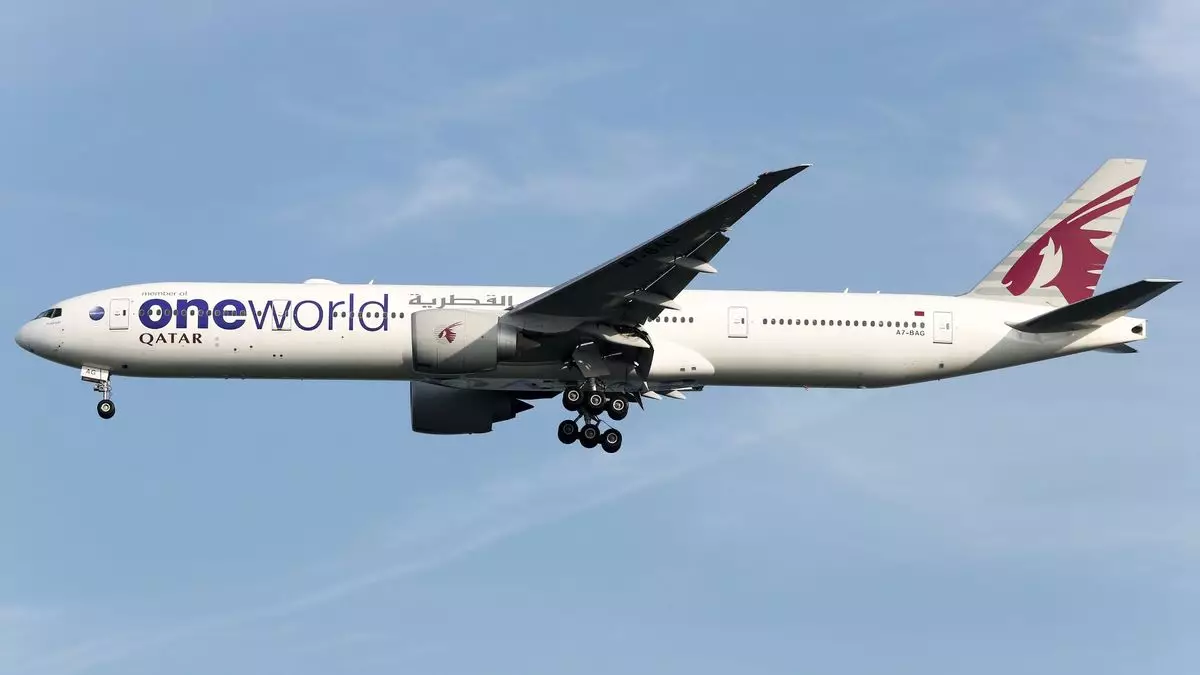The Oneworld alliance is embarking on an ambitious journey to revolutionize the passenger experience through comprehensive technological integration. Unlike its rivals, SkyTeam and Star Alliance, which have already laid significant groundwork, Oneworld has lagged but is now accelerating rapidly to catch up—and perhaps even surpass—competitors in terms of operational cohesion. The alliance’s goal to unify all 15 member airlines under a single, seamless platform exemplifies a forward-thinking approach aimed at elevating both convenience and loyalty. This move indicates a recognition of technology as the backbone of modern air travel, where smooth coordination across different carriers is no longer a luxury but a necessity.
This initiative’s core focus is on creating a unified user experience, enabling travelers to interact effortlessly using their preferred airline apps. The initial target, enabling cross-airline boarding passes, is already setting the stage for broader functionalities like baggage tracking and lounge access. While these features might seem incremental, their combined impact could fundamentally alter how passengers navigate multi-carrier journeys, turning what was once a fragmented experience into one of fluidity and simplicity.
Why Does This Matter? The Power Dynamics of Airline Alliances
Strategically, this technological overhaul represents more than just convenience; it embodies a shift in industry power dynamics. American Airlines and British Airways, the flagship carriers within Oneworld, are expected to be integrated by the end of summer. With American commanding over 43% of the alliance’s seat capacity, their full integration signifies a crucial step toward enabling truly airline-agnostic travel plans within the alliance. Such integration is poised to boost operational efficiency, increase customer satisfaction, and reinforce loyalty across the alliance’s network.
Moreover, the peer pressure among CEO leadership highlights a competitive drive that transcends mere collaboration. It underscores a collective acknowledgment that technological superiority directly correlates with market dominance. As barriers decrease, and consumers enjoy more fluid transitions between airlines, the alliance’s members have a vested interest in outpacing their rivals—not just through routes and prices, but through innovative service delivery.
Chasing the Leaders: The Race for Seamless Multiline Travel
While Oneworld strives to catch up, SkyTeam’s earlier successes reflect the stark reality of industry disparities. SkyTeam’s ability to facilitate 95% of multi-airline check-ins by last summer showcases how far the bar has been raised. However, Oneworld’s committed pace suggests that they aspire not merely to match but to redefine the standards of alliance integration.
The ongoing technological advancements are likely to reshape how alliances are perceived. Passengers increasingly favor airlines that prioritize convenience over complexity, and the alliance’s efforts could reposition it as a leader in this regenerative age of air travel. If they succeed, it will be a testament to strategic resilience and the relentless pursuit of innovation—a vital lesson for all legacy carriers navigating the ever-evolving skies of competitive global aviation.


Leave a Reply